An example of preservation modernism, his design was deemed controversial by many at the time. It is now registered as a Grade 1 listed monument, and remains protected under the Planning (Listed Buildings and Conservation Areas) Act 1990.

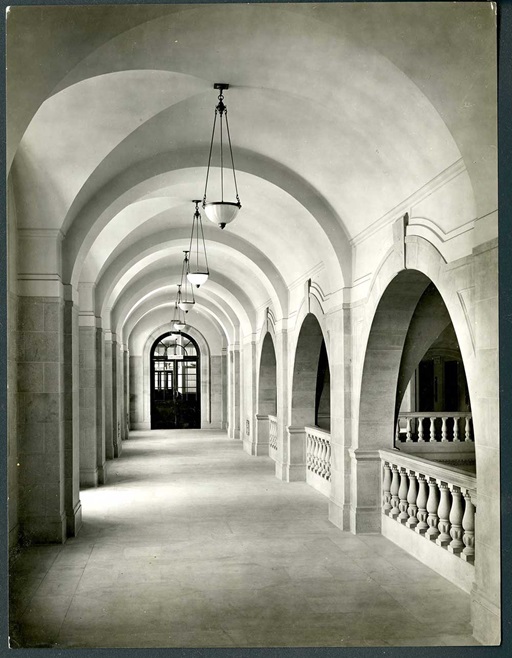

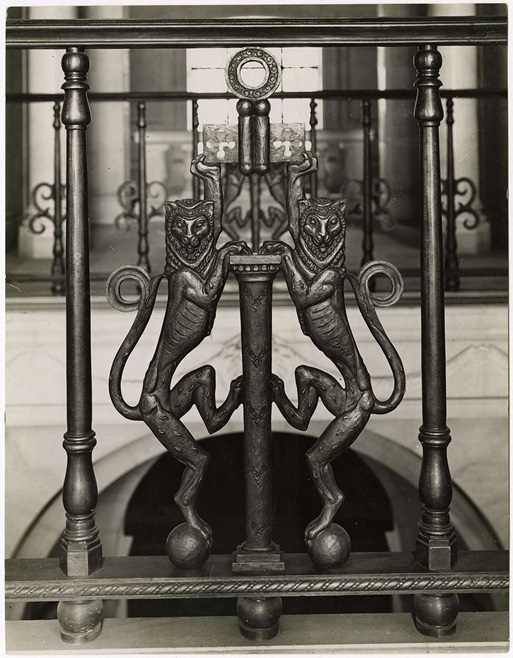

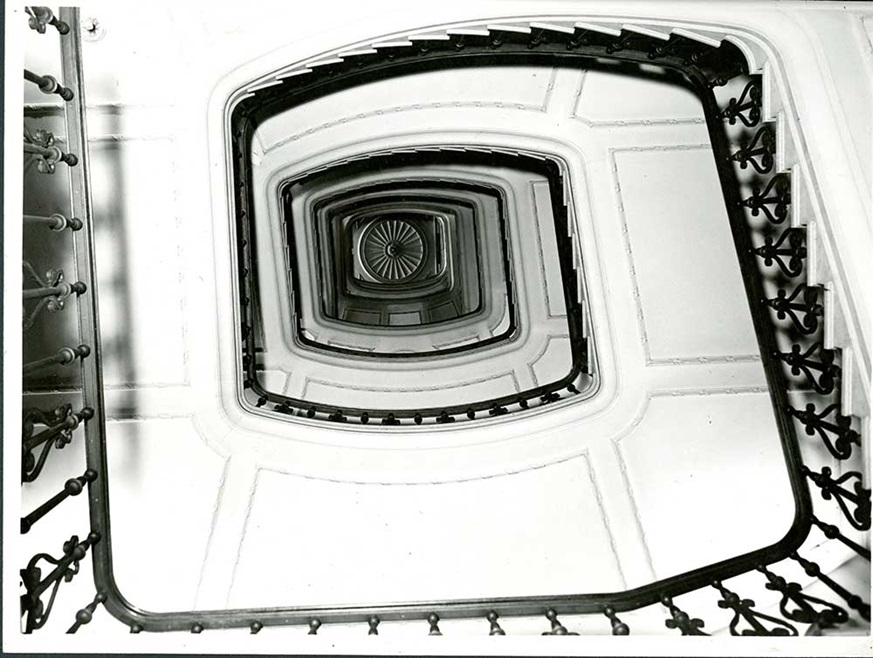
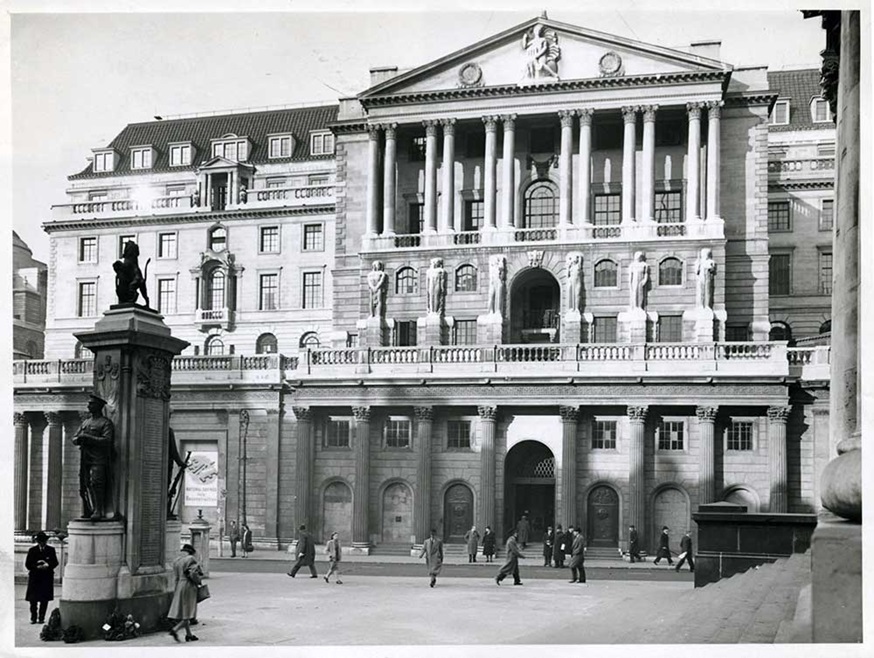
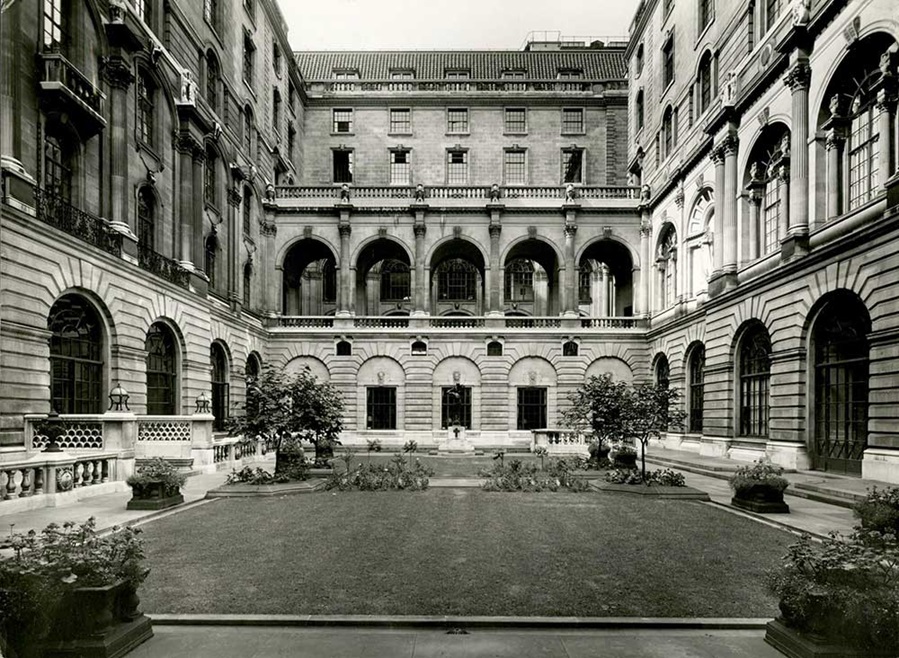
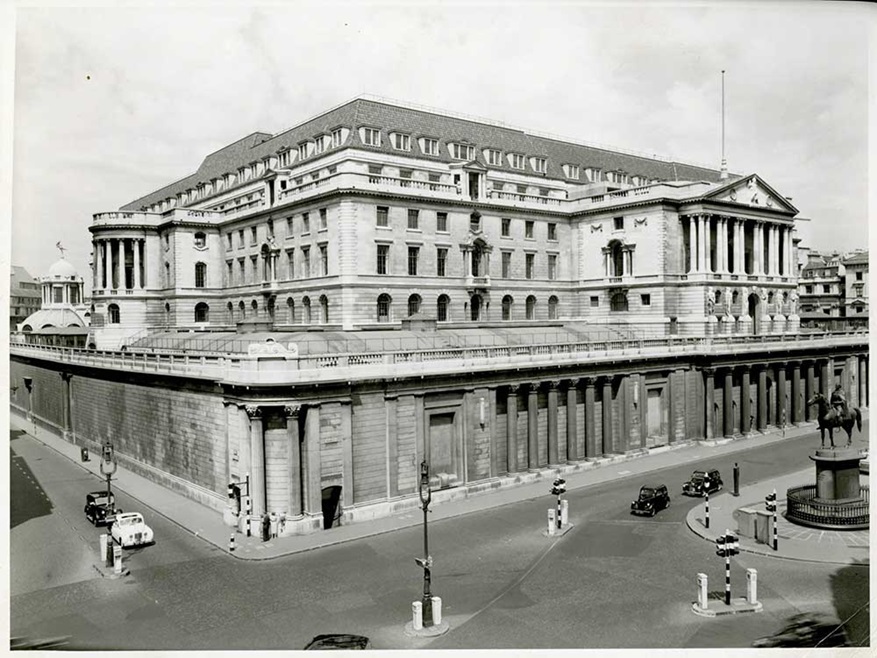
An example of preservation modernism, his design was deemed controversial by many at the time. It is now registered as a Grade 1 listed monument, and remains protected under the Planning (Listed Buildings and Conservation Areas) Act 1990.








